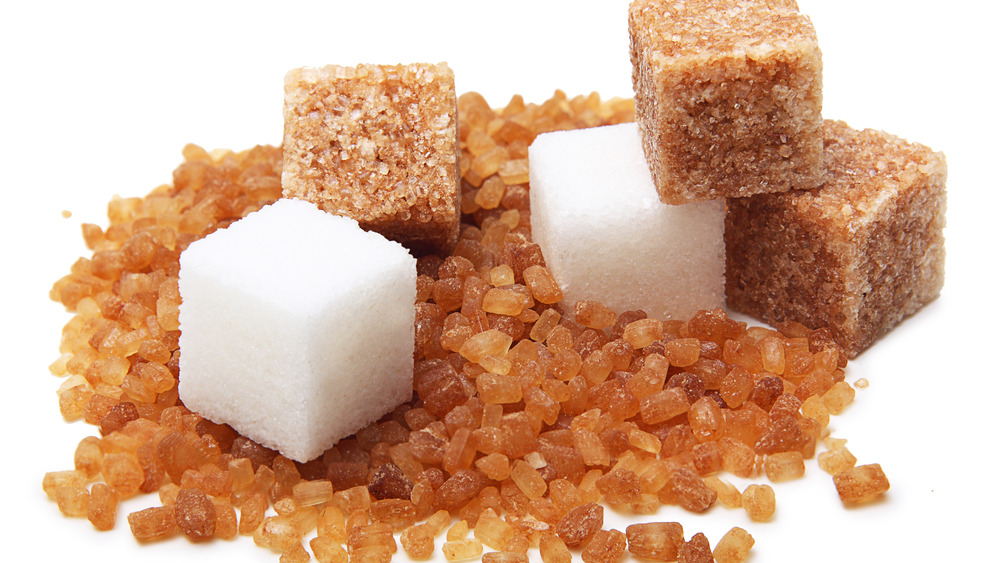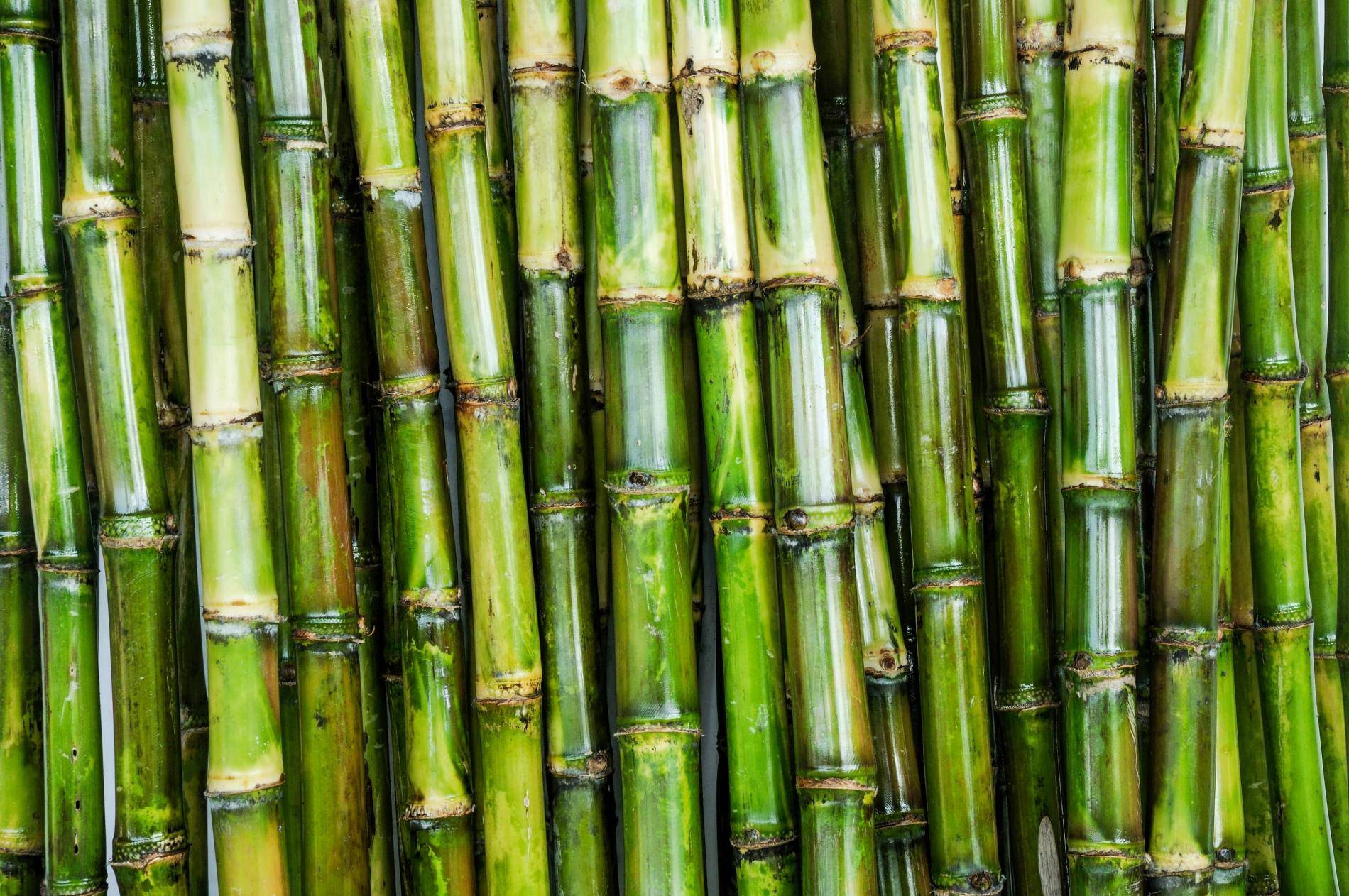Checking Out the Comprehensive Steps Associated With Walking Cane Sugar Processing From Harvesting to Improvement
The process of walking cane sugar manufacturing includes a series of detailed steps, beginning with the cautious harvesting of sugarcane and culminating in the improvement stages that ensure the last product satisfies sector requirements. Each stage, from the extraction of juice to the purification and formation procedures, plays a vital function in identifying the top quality and character of the sugar. Recognizing these phases not only highlights the intricacy of sugar production yet also increases important questions regarding efficiency, sustainability, and technology in the industry. What effects do these factors have for future methods?
Collecting Sugarcane
Collecting sugarcane is a vital action in the walking stick sugar processing chain, as it straight influences the high quality and yield of the final product. Proper timing and strategies are essential during this stage to make certain optimum sugar content and lessen losses. Commonly, sugarcane is collected when it gets to maturity, typically 12 to 18 months after growing, identified by a high sucrose concentration.

Post-harvest, the sugarcane should be processed swiftly to protect against sucrose degradation. Preferably, collected walking cane must be moved to refining facilities within 24 hr to preserve sugar top quality. Consequently, efficient logistical preparation is critical to preserve the integrity of the collected plant throughout the supply chain.
Extraction Refine

The smashed walking cane undergoes a collection of pressing operations to maximize juice healing. Commonly, warm water is splashed onto the crushed cane, creating a countercurrent flow that helps dissolve the sugar while also assisting in the removal process. The juice collected from this operation contains not just sugar but additionally numerous natural compounds and impurities.

To boost extraction efficiency, some facilities may utilize diffusion techniques, where the sugarcane is taken in warm water, permitting the soluble sugars to diffuse into the liquid. The resulting juice, rich in sucrose, is then directed to subsequent processing phases, laying the foundation for filtration and refinement. The removal process is thus critical in figuring out the high quality and yield of the last sugar item.
Filtration Methods
The filtration methods utilized in walking stick sugar processing are crucial for changing the raw juice into a top notch sugar item. These techniques mostly aim to remove impurities, such as dirt, plant products, and inorganic substances, which can adversely influence the end product's flavor and shade.
This process involves adding lime and warmth to the raw juice, which assists in the coagulation of impurities. In addition, the usage of phosphoric acid can boost the explanation process by further binding pollutants.
One more substantial technique is carbonatation, where carbon dioxide is presented to the clarified juice. This response produces calcium carbonate, which records staying pollutants and promotes their elimination.
Additionally, turned on carbon treatment might be put on adsorb any remaining colorants and organic pollutants, making certain a much more polished item. The mix of these techniques successfully prepares the sugar juice for subsequent action in the refining process, setting the stage for the manufacturing of high-grade cane sugar.
Condensation Techniques
After the filtration phase, the next crucial action in cane sugar handling entails crystallization techniques, which play a pivotal function in changing the clarified juice into solid sugar. This procedure generally uses two main approaches: spontaneous crystallization and controlled condensation.
In spontaneous condensation, supersaturated sugar solutions are allowed to cool down normally, leading to the development of sugar crystals over time. This technique enables for the uniform growth of sugar crystals and higher pureness.
Throughout formation, the made clear juice is focused with evaporation, enhancing its sugar web content till it gets to supersaturation. As soon as this factor is accomplished, either technique can promote the formation process. Cane Sugar Processing. The resultant sugar crystals are after that divided from the staying syrup via centrifugation
Inevitably, the selection of condensation technique impacts the quality, dimension, and pureness of the final sugar item, making this action essential in the total walking cane sugar handling procedure.
Improvement and Product Packaging
How can the pureness and high quality of walking stick sugar be better enhanced after crystallization? The improvement procedure plays an important role in accomplishing top quality walking cane sugar. Complying with crystallization, sugar undertakes a comprehensive cleaning to eliminate impurities and recurring molasses. This is usually achieved utilizing warm water or vapor, which helps dissolve and extract undesirable elements while maintaining the sugar crystals.
Next, the sugar undergoes a process called centrifugation, where it is rotated at broadband to divide the purified sugar crystals from the staying fluid. After centrifugation, the sugar is often additional improved through a technique called image source carbonization or phosphatation, which makes go now use of turned on carbon or phosphoric acid to eliminate color and off-flavors.
As soon as improved, the sugar is dried to achieve the preferred dampness web content, making sure that it stays secure during storage and transportation. The final action entails packaging the polished sugar in moisture-proof and airtight containers to preserve its high quality and stop contamination. Cane Sugar Processing. Correct product packaging not only extends life span however likewise promotes easy handling and circulation, ensuring that consumers receive sugar that meets the greatest requirements of purity and top quality
Conclusion
The extensive steps included in walking stick sugar processing, from the precise harvesting of sugarcane to the elaborate refinement and packaging stages, underscore the importance of each phase in ensuring high-quality sugar production. Optimal harvesting techniques, efficient removal approaches, and extensive filtration processes jointly add to the end product's pureness and security. The condensation and subsequent product packaging techniques better boost the stability and service life of the sugar, highlighting the complexity and accuracy intrinsic in this essential farming market.
The process of walking cane sugar manufacturing includes a series of detailed steps, beginning with the cautious harvesting of sugarcane and culminating in the refinement phases that make sure the final item satisfies industry criteria. Preferably, harvested walking cane must be delivered to processing centers within 24 hours to preserve sugar top quality.In spontaneous condensation, supersaturated sugar services are permitted to cool normally, leading to the formation of sugar crystals over time - Cane Sugar site web Processing. The improvement process plays an essential duty in achieving high-quality walking stick sugar.The comprehensive actions involved in walking stick sugar processing, from the careful harvesting of sugarcane to the intricate refinement and product packaging stages, emphasize the significance of each stage in guaranteeing high-grade sugar manufacturing